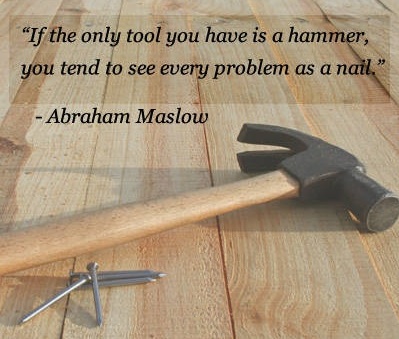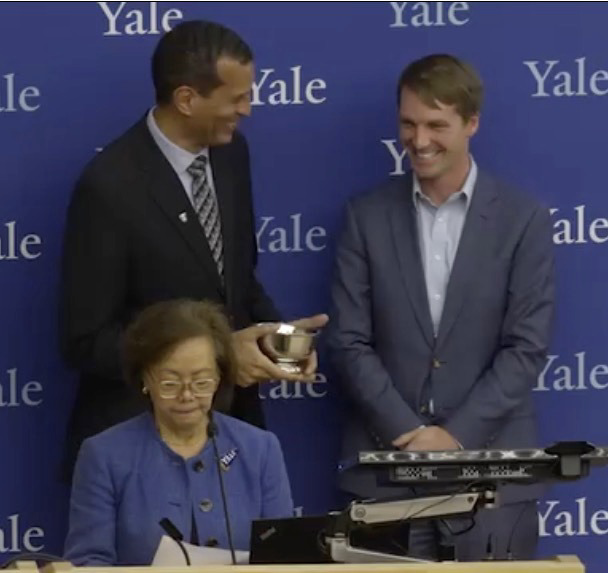There is nothing more practical than good theory
|
New Haven, Connecticut. I am ready to go home after a full week of studies at Yale University where 76 MBA students from around the world shared lectures and group work around the themes of Marketing and Behavioral Economics. Here is one take away for me after this notable week at one of the best universities in the world :
MULTI-FRAMING: The volume of information we handle every day increases too rapidly. And in our desire to maintain ourselves current and decisive, whether we are conscious of this or not, we do some personal FRAMING to gain a sense of control and consistency when we take decisions on a daily basis. Professor Nathan Novemsky, from the Yale School of Management, defined FRAMING as the process that we follow to establish LIMITS to our problems and points of references for our solutions to them. But moving away from a single-framing model to what is called MULTI-FRAMING is a much better process that includes the views of other people and reduces the odds of myopic choices. But, as with all remedies to diseases, this practice must be carried out with care in order to know where to stop between the continuum between our own views and those of others. The following example on how new customers could be approached for a new business illustrates us why: FRAME#1 People in Norway do and complete much of their work only in the office. FRAME#2 If a business is attractive and the parties become sufficiently familiar with each other, the way to get things finally could be over a Chinese-style dinner. FRAME#3 If you are Turkish, a thermal bath could be a better approach before negotiations. FRAME#4 And for people from Spain or Latin America, a much lighter pathway could be better (as in: "Let's party first, then we talk business!"). Then multi-framing saves us from traps such as: a) Misunderstanding: Very frequent in team members from multinational cultures. b) Poor analysis: More ideas on the table produce better solutions. c) Temporary solutions: Seeing all the angles of a matter pushes the decision-making to be sustainable among multinational teams. And, multi-framing also carries some nuances that we are to be aware of in order for it to work: #1) Listen, but do it smart. Politicians, before they are elected, promise that they will listen to everybody. However, when they do get elected, they learn the hard way that they cannot listen to everybody. Solve this problem with a clear agenda, a plan. And be clear in where you want to go. #2) Not all framing based on past success is bad. During our visit to New York this week, Credit Suisse executives told us that, in spite of the setbacks produced by unruled executives during the recent financial meltdown, they STILL need people with a bit of greed in their guts and the desire to make money. Alternative frames would damage this culture of effectiveness and the keen eye for business. #3) Too much information can be damaging the for decision-making process. Be selective, use the Pareto rule and consider a low-information diet (Tim Ferriss, The 4-Hour Workweek) for your work from time to time. My conclusion is that multi-framing is a good tool to be aware of, specially in our globalized environments. But in order for it to make its magic, it should be used with care.
0 Comments
Leave a Reply. |
AuthorVictor Padilla-Taylor is Director of Networks at the Tsai Center for Innovative Thinking at Yale. He was the 2021 recipient of the Linda Lorimer Award for Distinguished Service, conferred by Yale’s president on staff who have demonstrated their commitment to innovative thinking and the educational and research missions of the university. He also serves as board leader at Global Consortium for Entrepreneurship Centers, Long Wharf Theatre, Yale SOM Alumni Advisory Board, and Saint Thomas More Chapel and Center at Yale University. For his accomplishments as alumni volunteer, he received the 2023 Yale Alumni Leadership Award for his service and innovative leadership as nominated and selected by alumni relations staff members. AlpsBoundA global soul with MBA experience from GNAM schools around the world Archives
October 2023
Categories
All
|


 RSS Feed
RSS Feed